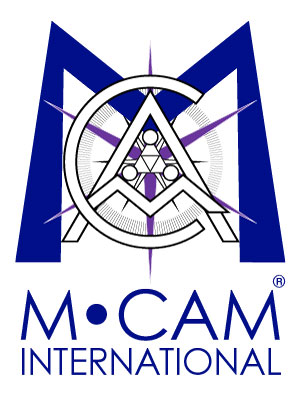US Research Tax Credit To Face A Critical Review
Date: Fri, 2005-03-11
Rob Wells March 11, 2005 excerpted from DOW JONES NEWSWIRES A large federal tax subsidy for corporate research – the research and experimentation tax credit – will face some intensified criticism next week before a Senate committee. New research of 200 public companies which received the credit over a period of five years suggests 20% of the firms might be “double-dipping,” or receiving the credit while also obtaining government-funded research directly or through contractors. Public filings of the companies show about 20% disclosed a situation “where one would want to clarify whether the companies are using it and double-dipping it or not,” said researcher Dr. David Martin. And interviews with chief executives, chief financial officers and research directors found companies generally didn’t factor in the credit before embarking on research, said Martin, president and chief executive of Virginia-based M-CAM Inc. Martin has provided research to the Senate Finance Committee as part of its effort to halt abusive donations of corporate patents to non-profits. The study also examined the stock performance of the companies receiving the credit. About half of the companies outperformed the S&P 500, while the other half didn’t, according to Martin. “That would suggest the credit is not having its intended effect,” he said. Martin is to release additional findings about the research credit at a March 16 Senate Finance Committee hearing. “The committee intends to have a serious review of the credit and how it is operating and if the IRS is able to administer it properly,” a Senate Finance Committee Republican aide said.

